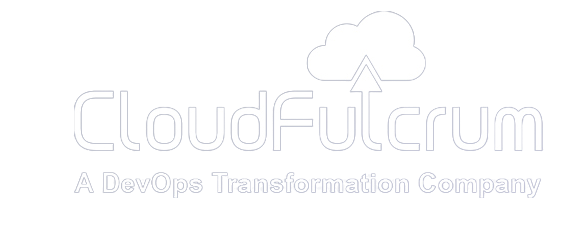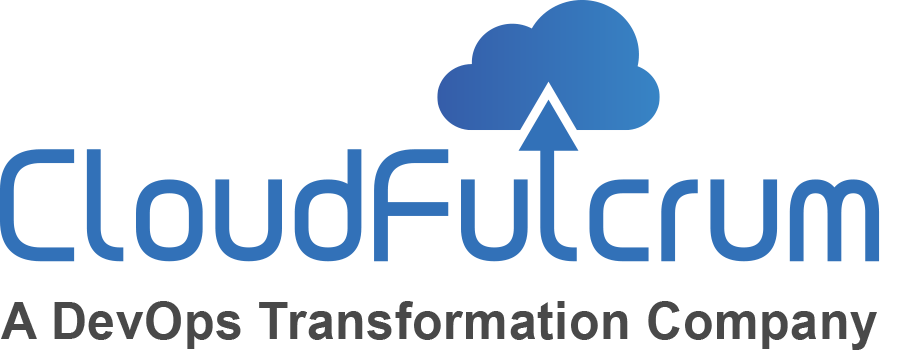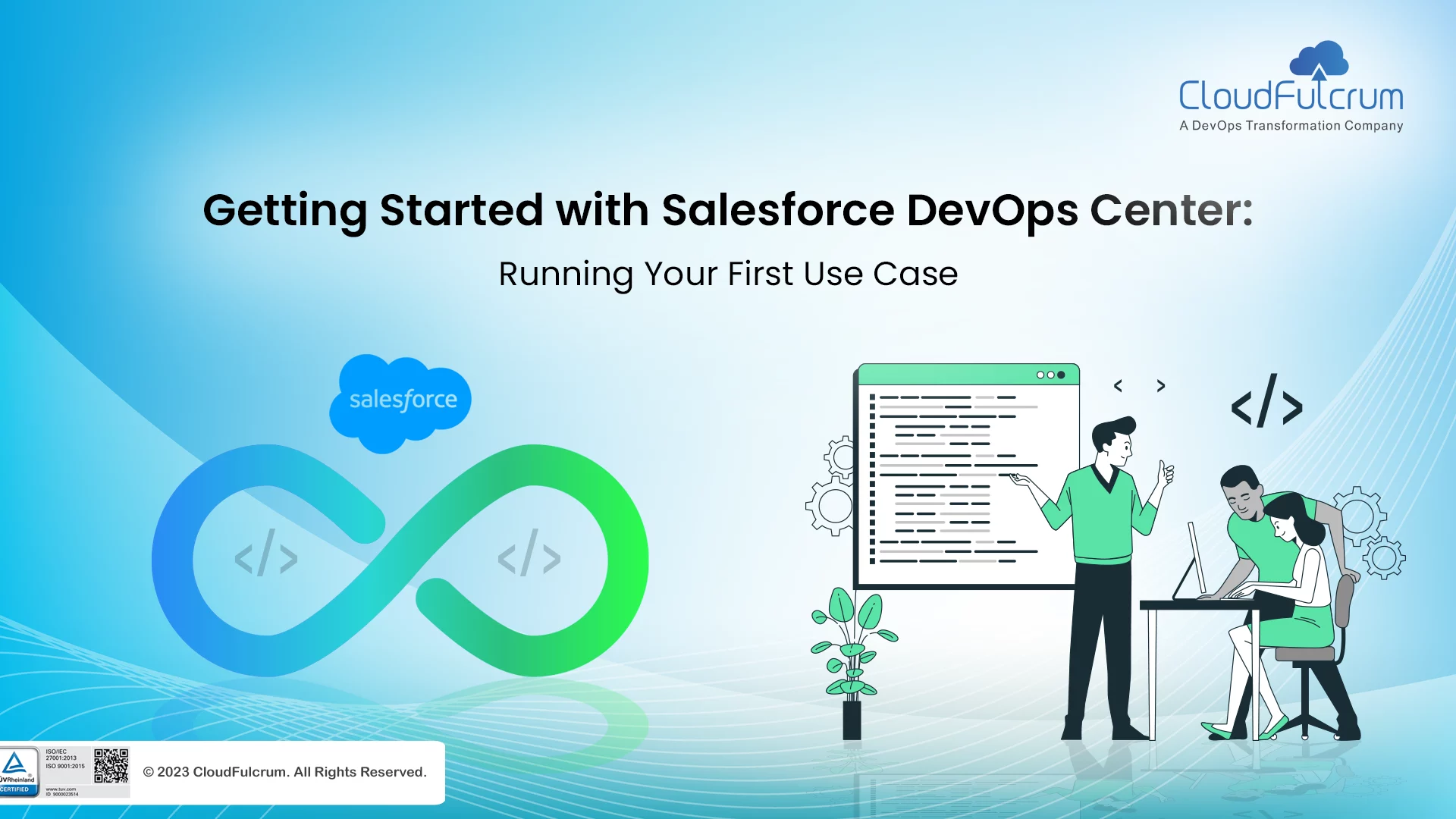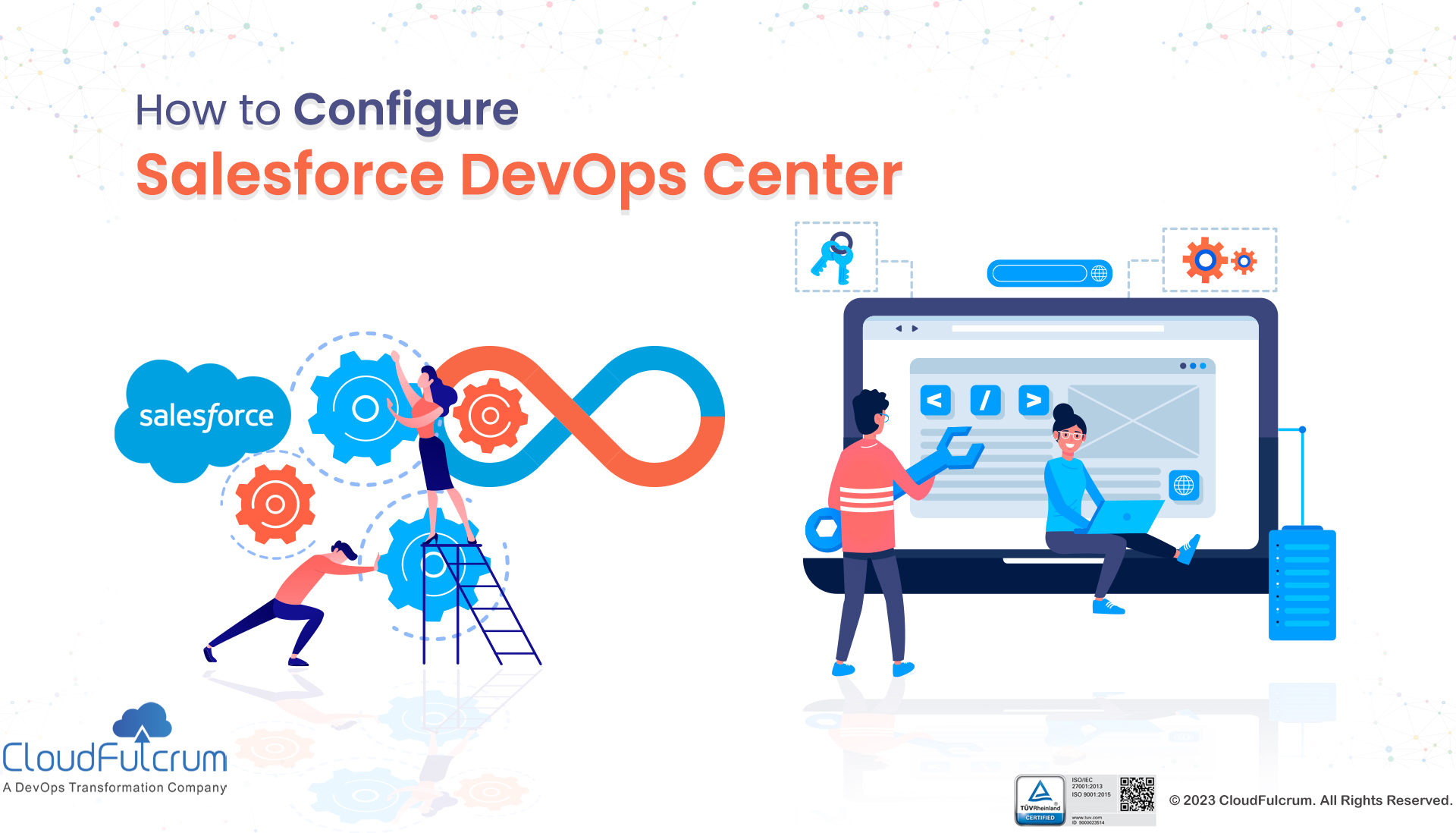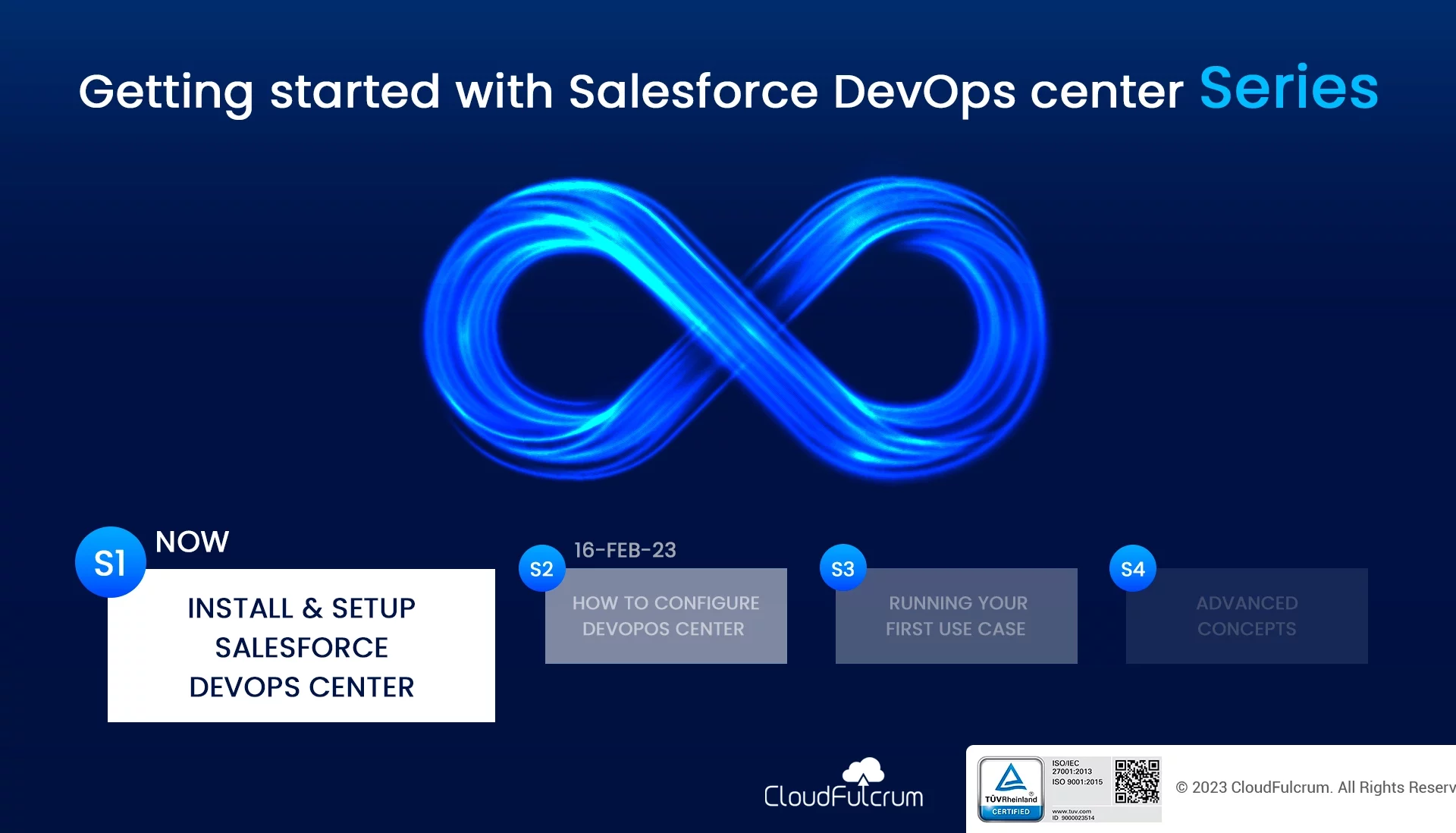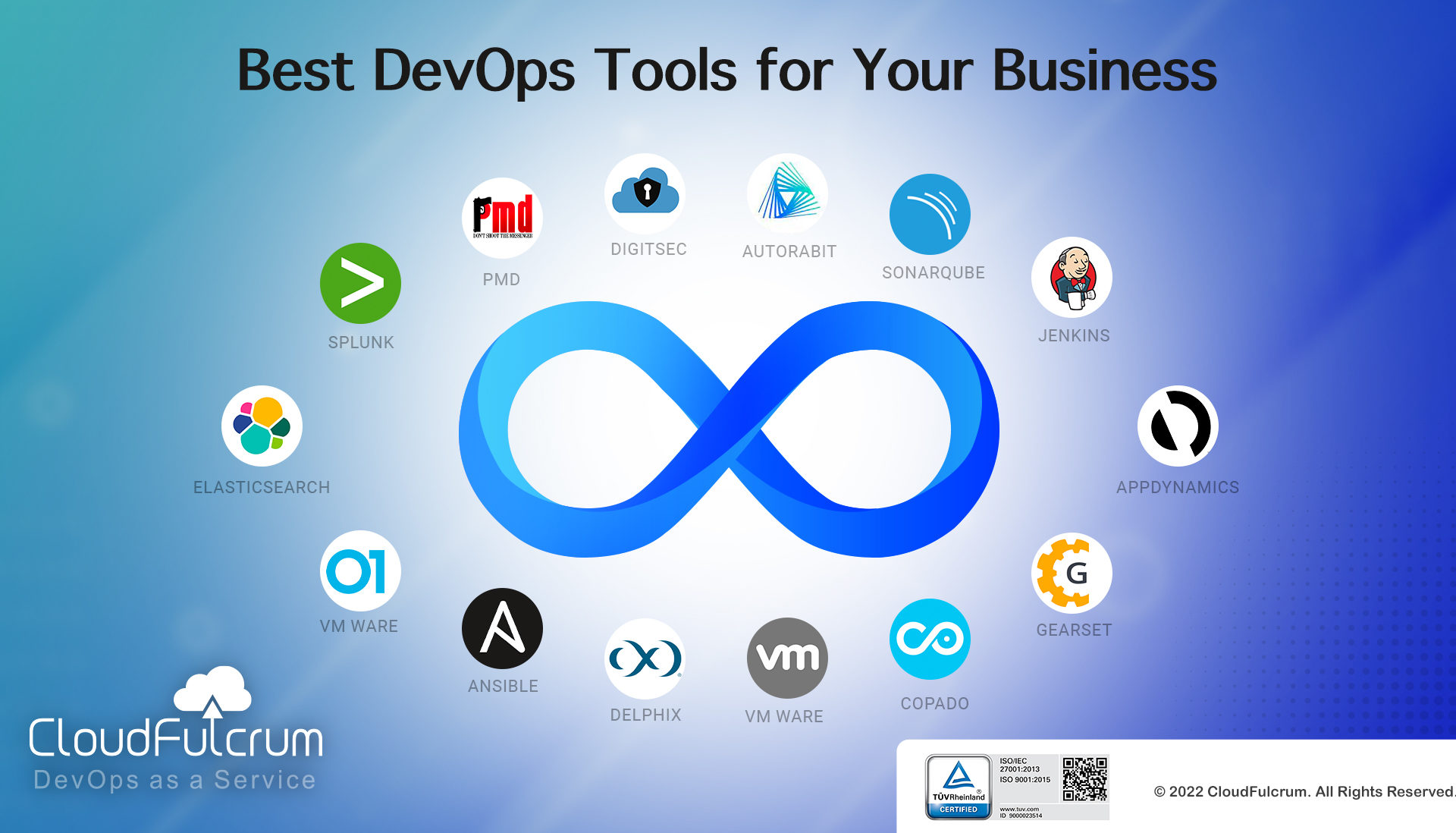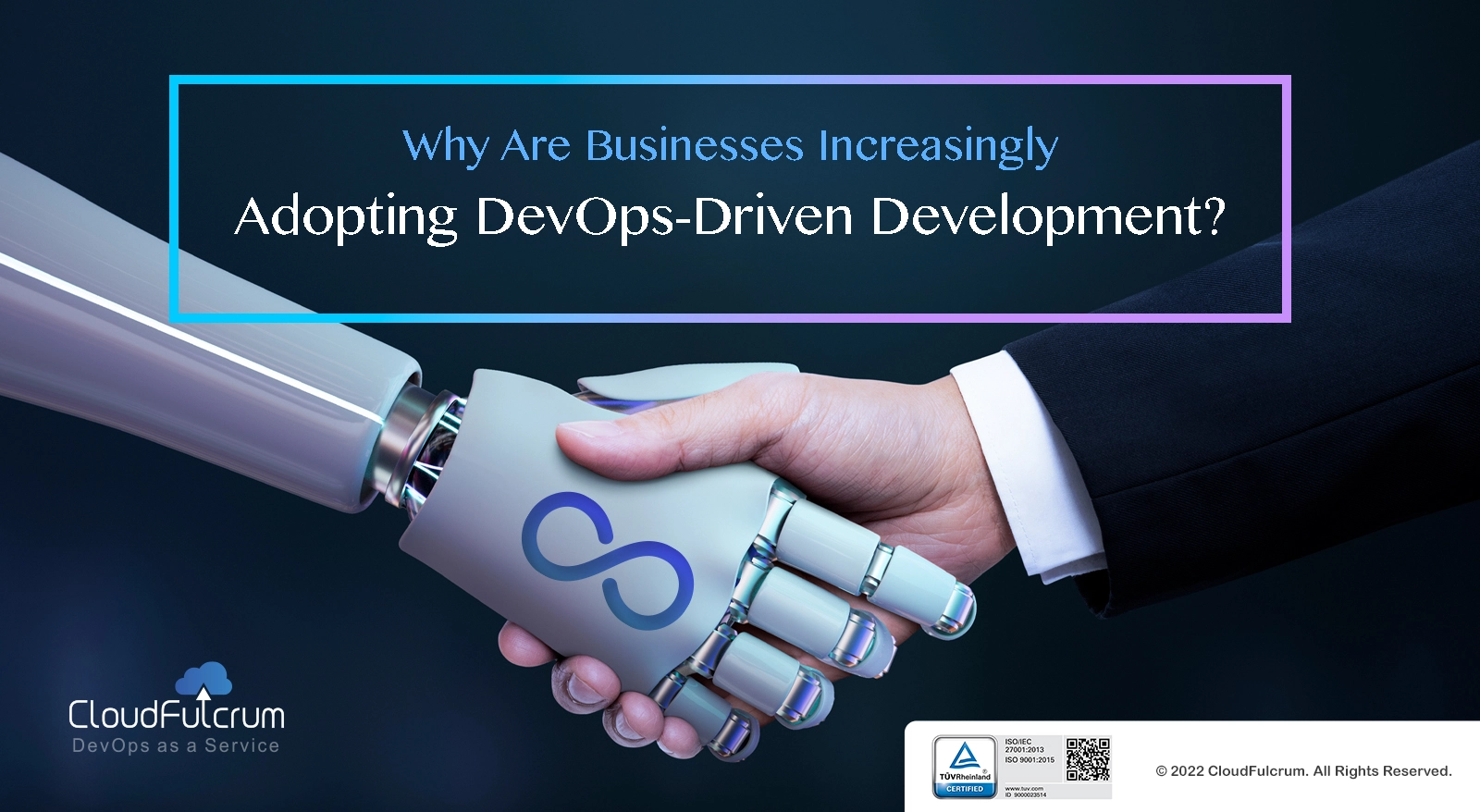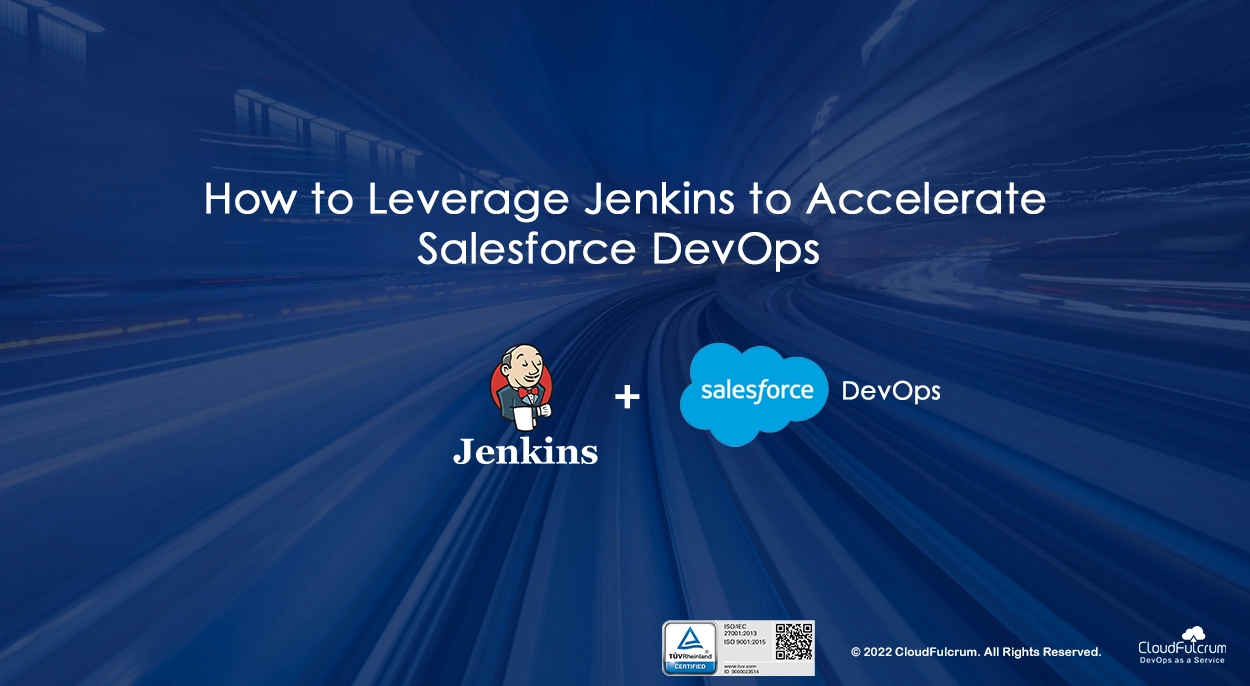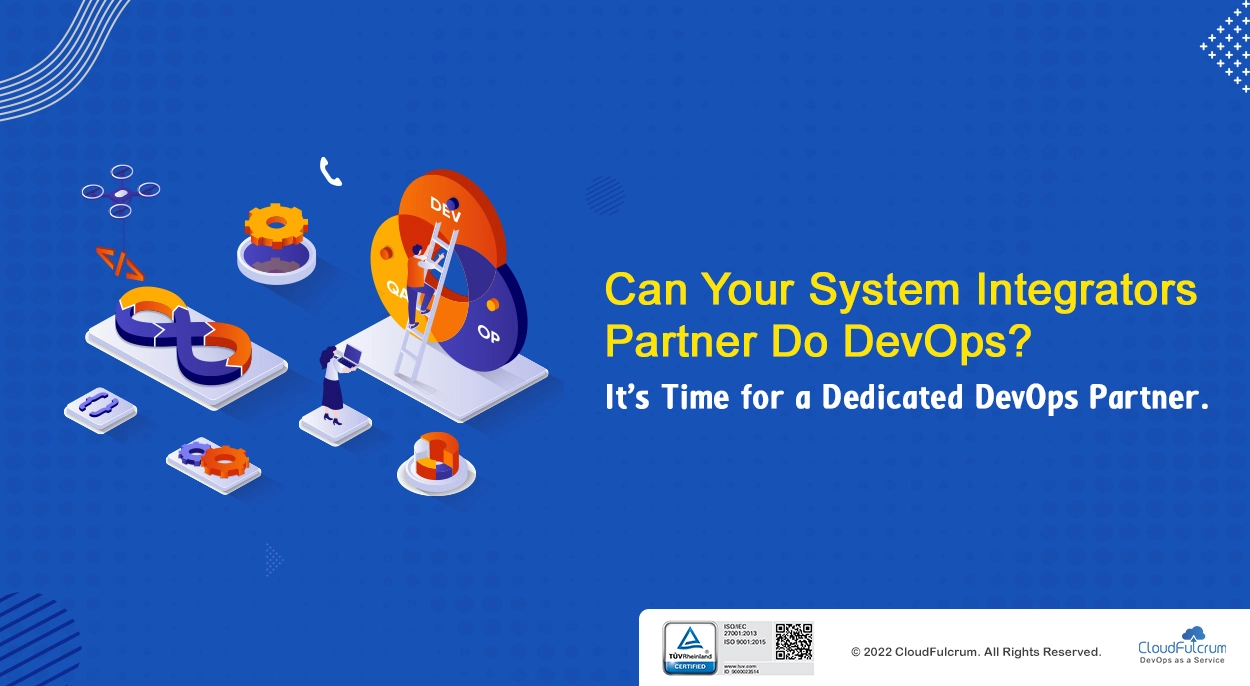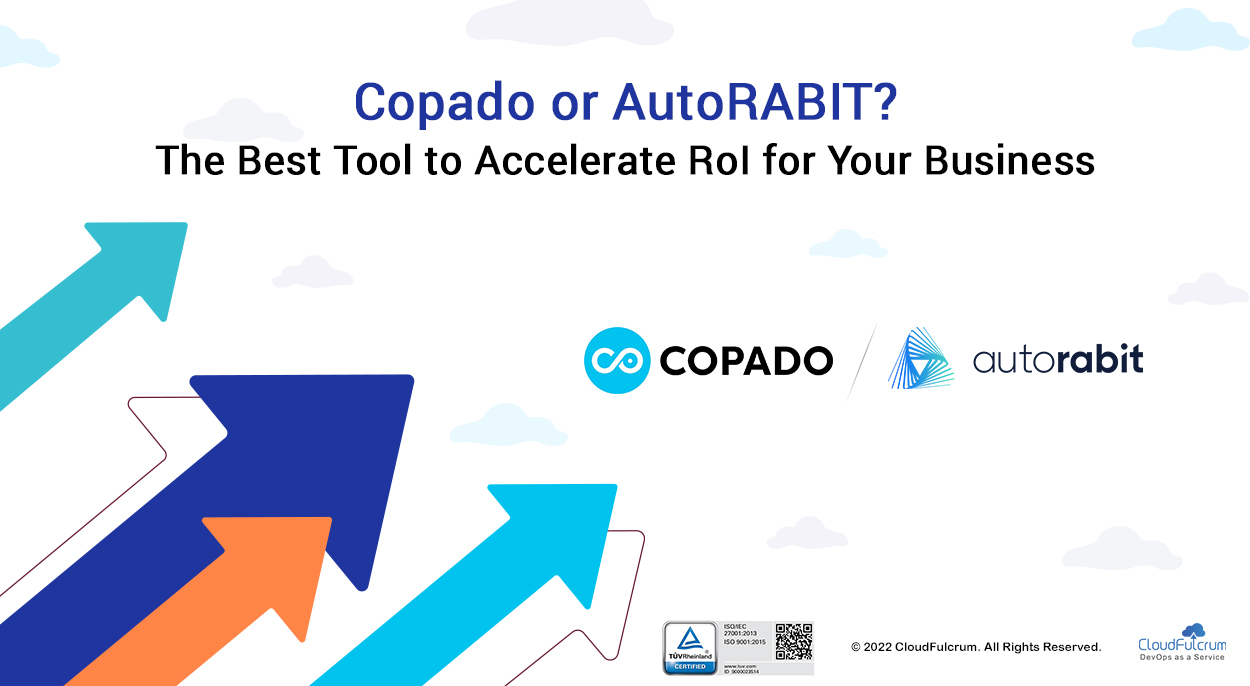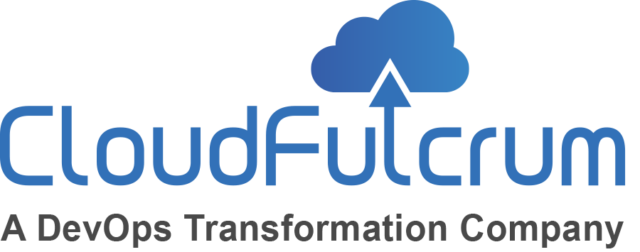Introduction Managing the lifecycle of an application, from development to deployment and beyond, can be a complex and challenging process. Often, development teams provide deployment checklists and artifacts in excel sheets or confluence pages that are hard to maintain, making it difficult to keep track of progress and ensure that everything is working as expected....
DevOps has become an increasingly popular methodology for software development and deployment. It allows for continuous integration and delivery of code changes, resulting in faster releases and higher quality products. Salesforce, a leading customer relationship management (CRM) platform, has developed the Salesforce DevOps Center to assist developers in streamlining their processes and improving the speed...
In the previous blog, you learned how to install and set up the salesforce DevOps Center. This blog will focus on how to configure the Salesforce DevOps Center. In this blog, we will explain how to configure the Salesforce DevOps Center effectively. Setting up a GitHub project repository: A GitHub repository serves as a central...
Traditionally, custom objects, apex classes, profiles, etc. were deployed from a Sandbox to Production using “Change Sets.” Many development teams dislike “Change sets” because they are difficult, annoying, and time-consuming. It’s time to stop using Change Sets, as Salesforce’s DevOps Center is now available to manage changes and deployments in a more modern way. With...
DevOps has proven itself to be critical for businesses with its specific application development and operations approach enabling the faster introduction of new products and services and the easier provision of the existing ones. A report says the global DevOps market size accounted for $7,398 million in 2021 and is expected to reach $37,227 million...
DevOps has gathered a lot of momentum over the past couple of years. A Global Market Insights report says the size of the DevOps market exceeded $4 billion in 2019 and is further projected to grow at a CAGR of over 20% between 2020 and 2026. Gartner also notes that over 85% of organizations will...
Continuous Integration and Continuous Development (CI/CD) is constantly talked about. Anyone working in the software or IT industry has heard of the term. In fact, a report by CD foundation reveals interesting stats on how orgs and teams use CI/CD to achieve their goals. It says 47% of developers use CI/CD in one way or...
Per the Global Market Insights report, in 2021 the DevOps market size exceeded $7 billion and is further expected to grow at a CAGR of over 20% from 2022 to 2028 to a value of over $30 billion. The report further adds that in the United States alone, in 2021, 67% of the DevOps market...
Copado, the low-code DevOps trailblazer, recently announced ISO 27001, SOC 2, and GDPR Compliance for its three main product lines – CI/CD DevOps Platform, Copado Robotic Testing, and Copado Essentials. AutoRABIT released a new tool called CodeScan Shield, which enables Salesforce development teams to check for compliance as well as code vulnerabilities across the entire...
